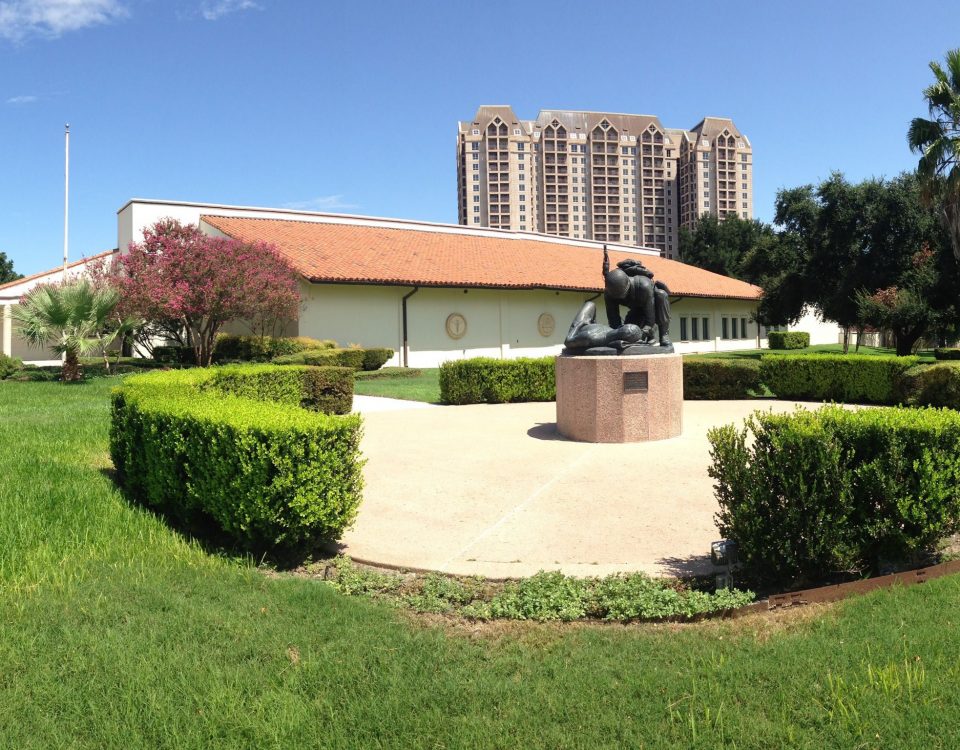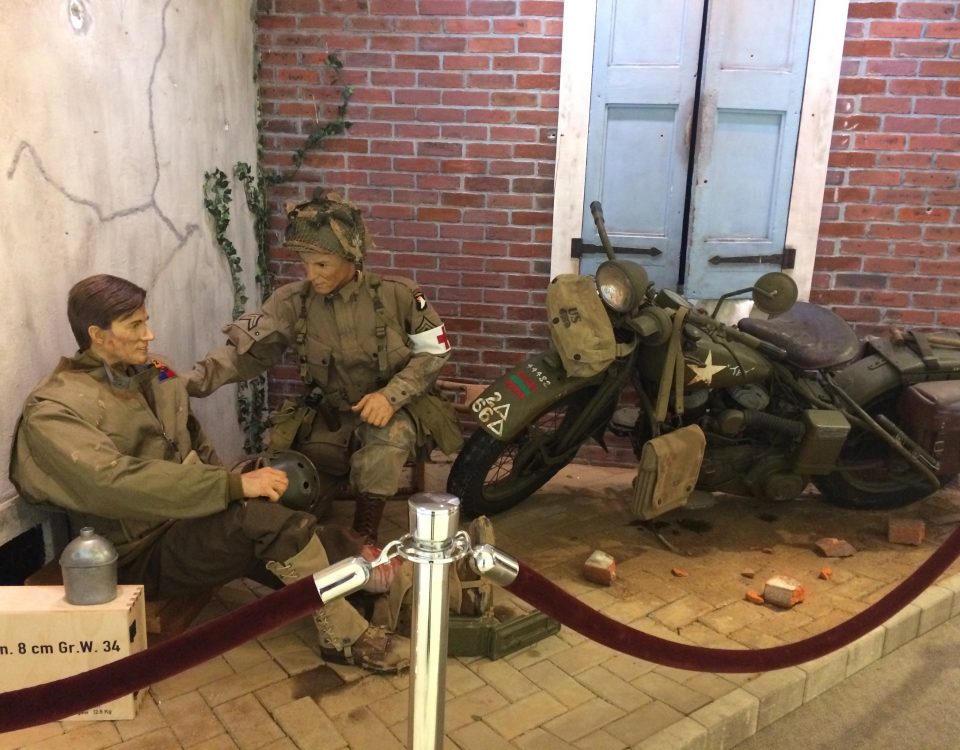- AMEDD MUSEUM FOUNDATION

Foundation purchases artifacts for the Museum
August 1, 2016
Foundation conducts Quarterly Board Meeting 28 October 2016
November 11, 2016AMEDD Museum welcomes new Director George Wunderlich
Foundation: Welcome to the AMEDD Museum George. We are delighted to learn of your appointment as the new Executive Director of the US Army Medical Department Museum. Tell us a little about yourself. Where are you from? What education, career choices, and experiences led you to San Antonio and our Museum?
George: I was born in St. Louis and had every expectation of spending my life in the family commercial insurance business. However, as I look back I should have realized at a much earlier age that this was not my path! My studies at St. Louis University quickly changed from business to history when I discovered my complete lack of talent of accounting.
Foundation: How did you get interested in history? What are your passions in the history area?
George: Since both my father and I were regularly asked to give speeches for local organizations on our historical interests, in 1993 I left the family business to become a speaker and historical interpreter. This path would see me move to Maryland in 1996, start work with the National Museum of Civil War Medicine in 2000 and eventually bring me here to San Antonio.
My parents were both history buffs and all of our vacations were history based. Each year we headed out from St. Louis in a new direction to spend two weeks exploring history. I remember one vacation that had the theme of War of 1812 and the northeastern whaling industry. I think I was five when we took that one. By the time I was 11 I was dressing as a mountain man and participating in black powder target competitions and by 13 was a member of a Civil War artillery battery doing live fire artillery competition.
I have always loved artillery, but my best-known work in the history field has been in the area of the early 19th century banjo and Civil War era military medicine. I got into the banjo because of my Civil War reenacting interest and have an international reputation in the ethnomusicology world for my work on banjo makers of the early to mid 19th century. In 1996 I started volunteering at the National Museum of Civil War Medicine and fell in love with the subject. There is an interesting parallel between these two subjects, both are highly misunderstood by the public and there was much work to be done in both fields. This is every historian’s dream, to find a subject where new work can be done. I was blessed to find two.
Foundation Interviewer: Although you have been here only a short time, what strengths do you see at the Museum?
George: As I enter the AMEDD museum I see an unlimited potential for growth. Thanks to Robert Driscoll’s leadership in the AMEDD Center for History and Heritage, and the AMEDD Museum Foundation, this institution has a strong staff, and incredible collection, a great building and support facilities and a clear mandate to grow. Our current realignment to the Center and School is icing on the cake. We have the potential to truly make a difference in the training and morale of our future AMEDD personnel. This is an exciting time for the Museum!
Foundation Interviewer: We know all new Directors have plans. Tell us about your vision for the Museum.
George: I am always asked about plans for the future and my first thought, being a bit of a smart-aleck, is: “Why to take over the world!” My plan is partially mandated by the Center for Military History and the American Alliance of Museum’s. While this is already a great museum, it is not currently accredited by the Center for Military History. That is priority one. We must regain accreditation and move to uphold the highest level of professionalism and industry best practices.
After we “fix” some of the serious organizational issues left over from the past, we will be looking forward to a complete re-design of the Museum galleries. This will require a new story line, bringing more artifacts into the galleries, and including a broader sense of AMEDD contributions and activities. Since the founding of the Department in 1775, AMEDD has had an incalculable benefit for both the Army and the people of the United States. We need to tell the full story for the benefit of our trainees and for the public. The innovations of this department have touched the life of every single citizen in this country living today, and I would have to say that few folks in the AMEDD even think about that. We must be the agent for change, we must be the voice of AMEDD, and we are tasked with this very important mission by Army regulation and by our mission statement. My plan is simply to make this museum everything it should be so that the vital mission of our museum is fulfilled perfectly, period. AMEDD and the American people deserve nothing less.
Foundation Interviewer: George, thanks for taking time to talk with me today. Your enthusiasm is contagious! We look forward to seeing the Museum grow under your leadership. And yes, we look forward to that banjo recital.




